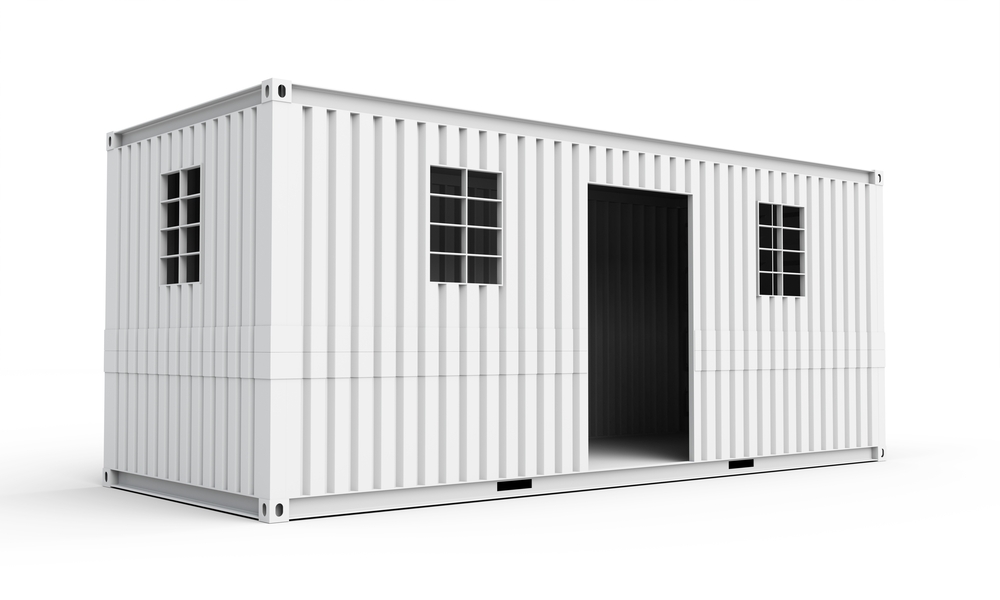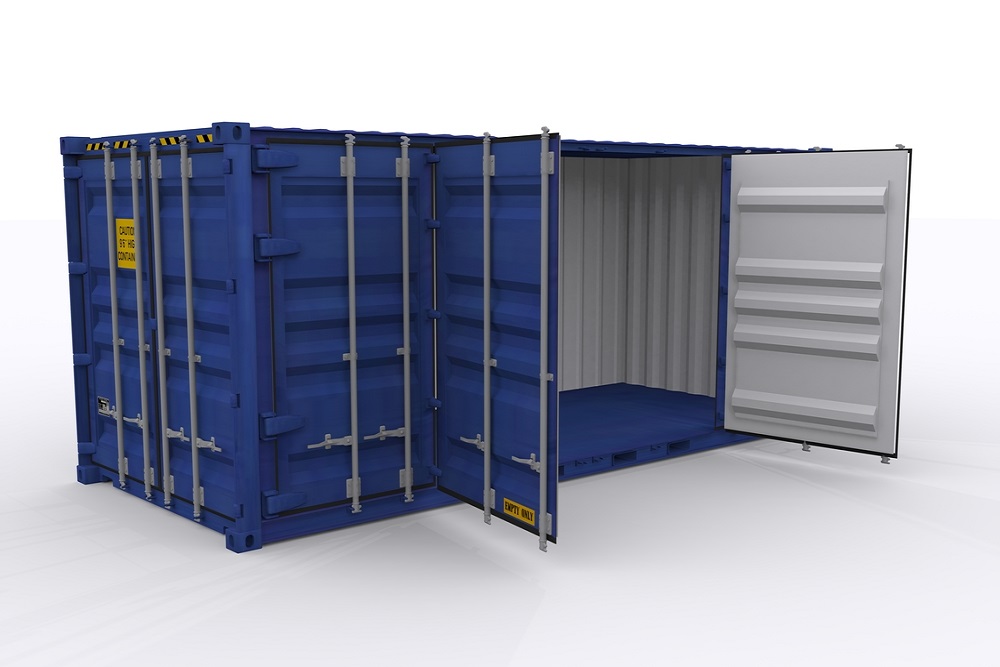
Is it possible to build a home that is stylish, affordable, and eco-friendly? Indeed, more and more homeowners and architects are turning to prefabricated homes as a practicable solution to this trifecta. Prefabricated or 'prefab' homes, as they have colloquially come to be known, have piqued the interest of the environmentally conscious, the design-savvy, and the financially prudent. But what exactly are these homes, and how do they affect our environment? This post delves into the world of prefabricated homes, exploring their environmental implications, and sustainability prospects.
Prefab homes, unlike conventional homes, are not built brick by brick or nail by nail on site. Instead, these homes are manufactured off the site in parts or modules, which are then transported and assembled at the chosen location. Sounds futuristic, doesn't it? But does this streamlined process translate to less ecological impact? Let's breakdown how prefab homes impact our environment.
With the world increasingly gravitating towards green solutions to combat climate change, it’s crucial to understand the specifics of this home-building trend. This nuanced understanding will empower us as consumers to create homes that are not just eye-catching, but also environmentally sound.
Understanding Prefabricated Homes
To fully comprehend the environmental implications of prefabricated homes, it is first important to understand their construction process. Prefabrication involves constructing sections of a building off-site, reducing waste, promoting efficiency, and lessening the disruption to the building site. The pieces are then transported to the final location, where they are assembled to create a fully integrated home. It's like a giant jigsaw puzzle, but with a very satisfying result: a brand new, fully functioning home.
Reduced Material Waste
One of the major ecological benefits of prefabricated homes involves the significantly reduced construction waste. Traditional methods often lead to excessive material waste, a concern that prefabrication addresses effectively. Since components are manufactured in factory-controlled environments, materials are used efficiently with advanced machinery, consequently reducing off-cuts and over-ordering.
Reduced Energy Consumption
Prefabrication processes often consume less energy than conventional construction methods. The controlled manufacturing environment eliminates the possibility of weather-related delays, ensuring a more efficient use of time and energy. Moreover, these homes can be designed with high energy-saving standards, incorporating features such as double-glazed windows and high-grade insulation, aiding in reducing the overall carbon footprint.
Enhanced Longevity and Decreased Maintenance
Durability is a major aspect of sustainability. Prefab homes last longer than traditionally constructed homes due to their precision manufacturing, giving them a longer lifespan and reducing maintenance requirements. This long-term advantage lessens their environmental impact.
Potential Drawbacks
Despite the clear environmental benefits, prefab homes are not without their potential drawbacks. Transportation of the constructed modules to the build site can lead to increased carbon emissions. Moreover, the novelty of this construction practice means that many local councils may not have tailored regulations that deal with prefab housing.
The Future of Prefab Homes
With advancements in tech and wider appreciation for sustainable practices, prefab homes are set to become more mainstream. By adopting and promoting these eco-friendly housing options, we can make strides towards curbing the damage to our environment, one home at a time.

Conclusion
Nobody can deny that prefab homes are leading the construction industry in a new, greener direction. From efficient use of materials to reduced energy consumption and enhanced durability, these homes present an excellent solution for future home construction. The reduction of waste, potential for customisation, affordability, and speed of construction are persuasive reasons to consider this route.
However, it is crucial to remember that like everything, prefab homes also have some drawbacks. The industry needs to address these concerns while advancing these groundbreaking building practices. With steps towards greener technologies and legislation, prefab homes can not only be a staple in the built landscape but also an ally in the fight against environmental degradation.







0 comments:
Post a Comment